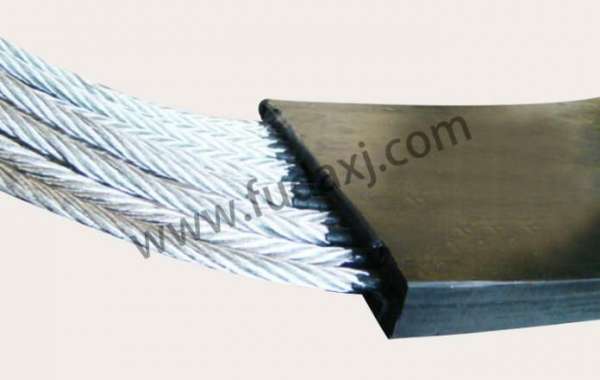A high temperature conveyor belt is an integral component in many industrial systems where materials must be transported through thermally challenging environments. Its primary function is to carry goods that are at elevated temperatures or to operate within high-heat zones, such as those found in metal processing, ceramics manufacturing, or food baking applications. The design of a high temperature conveyor belt focuses on maintaining structural integrity and operational reliability when exposed to substantial heat, which can cause standard belts to degrade, crack, or lose their mechanical properties.
The construction of a robust high temperature conveyor belt involves specialized materials selected for their thermal stability. Common choices include fabrics woven from fiberglass, aramid, or steel cord, which are then impregnated or coated with elastomers like silicone rubber or Teflon. These materials are chosen because they do not easily deteriorate under thermal cycling. The core of a high temperature conveyor belt must resist shrinkage, maintain flexibility, and provide consistent tensile strength. The cover compounds are equally important, as they protect the carcass from direct heat contact and abrasive materials, ensuring a long service life.
A key operational challenge for a high temperature conveyor belt is managing heat transfer. Prolonged exposure to hot items or ambient heat can cause the belt to absorb thermal energy. Effective designs incorporate materials with low thermal conductivity to protect the inner layers and the conveyor's mechanical parts. In some cases, a high temperature conveyor belt may feature a reflective surface to deflect radiant heat. Proper ventilation or cooling systems in the conveyor design can also assist in dissipating heat and preventing excessive temperature buildup, which helps preserve the belt’s functionality.
The performance of a high temperature conveyor belt directly influences production efficiency and safety. A belt that fails under heat can lead to significant downtime and pose fire hazards. Therefore, selecting a belt with the appropriate temperature rating—whether for continuous exposure at a specific temperature or for handling intermittent peaks—is a critical decision. Regular inspection for signs of wear, delamination, or hardening is part of a sound maintenance strategy. The reliable operation of a high temperature conveyor belt ensures a smooth material flow in demanding thermal processes, supporting continuous industrial operations.







